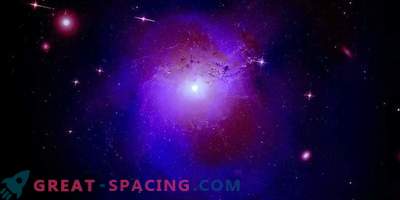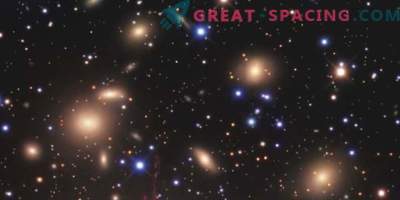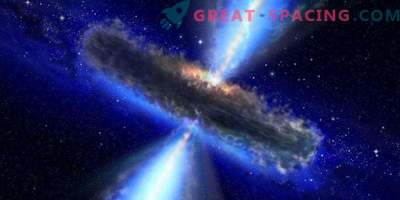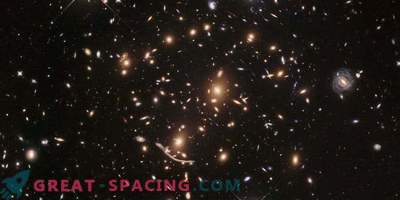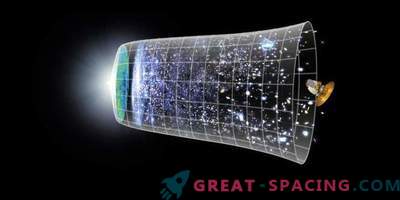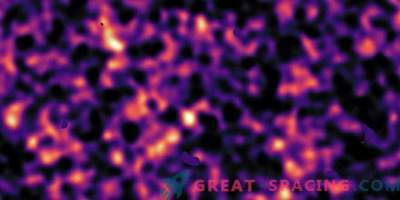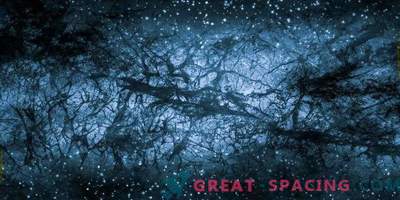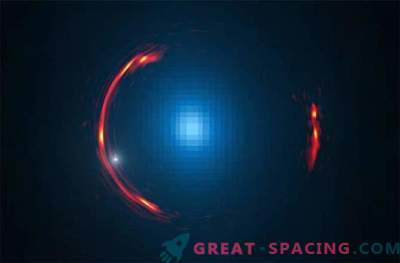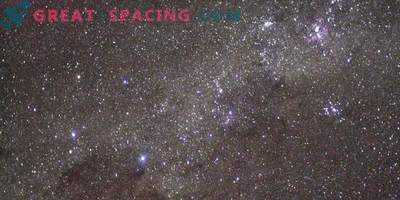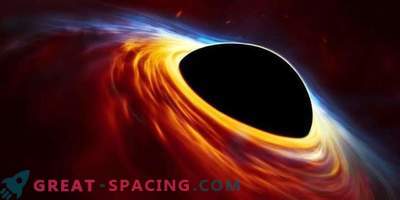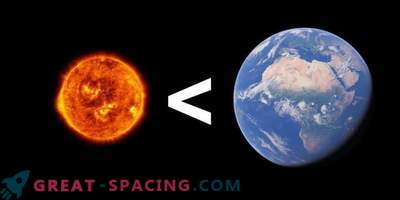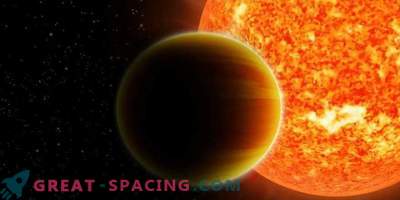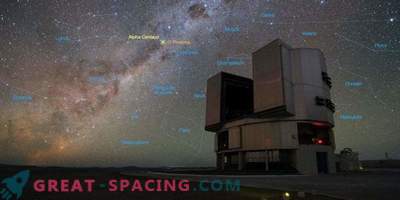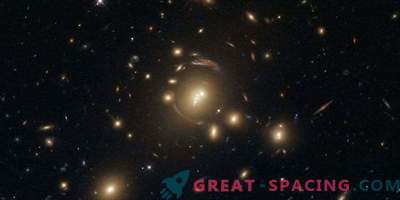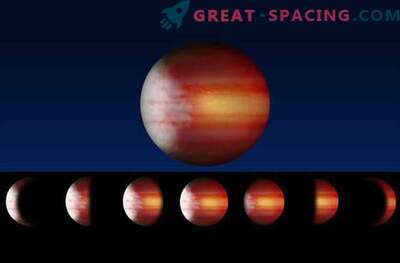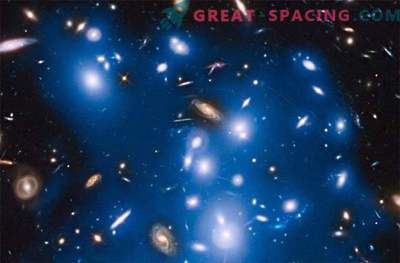
Weak lensing surveys, like HSC, prefer a slightly less solid Universe (left) than the predicted Planck model (right). The images show a small, but noticeable difference
Recently, researchers managed to release the deepest extensive three-dimensional map of the distribution of matter in space. This allows you to increase the accuracy of the restrictions for dark energy with the help of the review of Hyper Suprime-Cam (HSC).
The modern universe is a rather large place. The space has expanded over the past 14 billion years, weaving galaxies and dark matter by gravity and creating an amazing landscape with voids. Gravity attracting matter also affects our vision of astronomical objects. When light travels from distant galaxies to the Earth, gravitational attraction from other objects in the path bends the glow. As a result, the observed galaxies are distorted due to the phenomenon of gravitational lensing. Within such distortions, there is a large amount of information that allows for a better understanding of the distribution of matter in the Universe and the nature of dark energy.
The HSC map is based on data from the Japanese Subaru telescope and allows researchers to measure gravitational distortion in images from 10 million galaxies.

Left: Three-dimensional map of the dark matter of the Universe, derived from one of the six HSC observation zones and displayed in the background with different shades of blue (bright areas are dark matter). The map was derived from the distortions of galactic forms, indicated by white lines. Their length conveys the magnitude of the distortion, and the angle corresponds to the direction. Right: Measurements are activated by light from distant galaxies passing through the Universe and deviating matter in different eras HSC scans the nearest Universe in a narrower, but deep form, due to which it is possible to study the weaker galaxies and form a clear map of the distribution of dark matter.
The researchers compared the new map with the fluctuations predicted by Planck’s satellite observations. HSC measurements were lower, but the Planck model was statistically consistent. The situation with lower results still makes one doubt whether the dark energy leads itself as Einstein's cosmological constant.
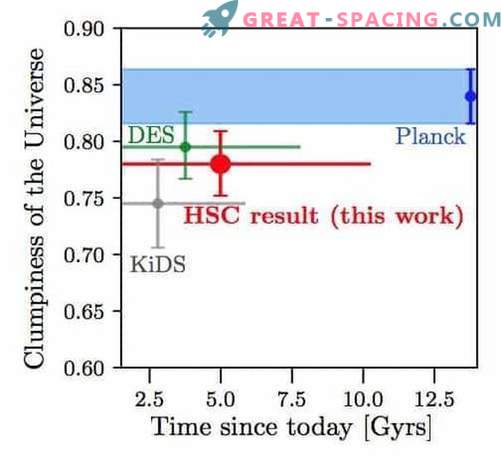
Cosmological constraints on the cluster of the universe today (S8) are predicted using observations of space at different times. The HSC measurement is displayed in red and is considered one of the most distant measurements using weak gravitational lensing. They should be compared with the results of Planck, obtained from observations of the background radiation in the earliest Universe, and other modern experiments KiDS and DES
The map provides a more complete picture of how much dark energy there is, revealing details of its properties and participation in accelerating the process of spatial expansion. Measuring distortion caused by gravitational lensing is difficult. The fact is that this effect is small, and distortions in galactic forms can be created by the atmosphere, telescope and detector. To get accurate information, scientists need to be sure that all effects are only about lensing.
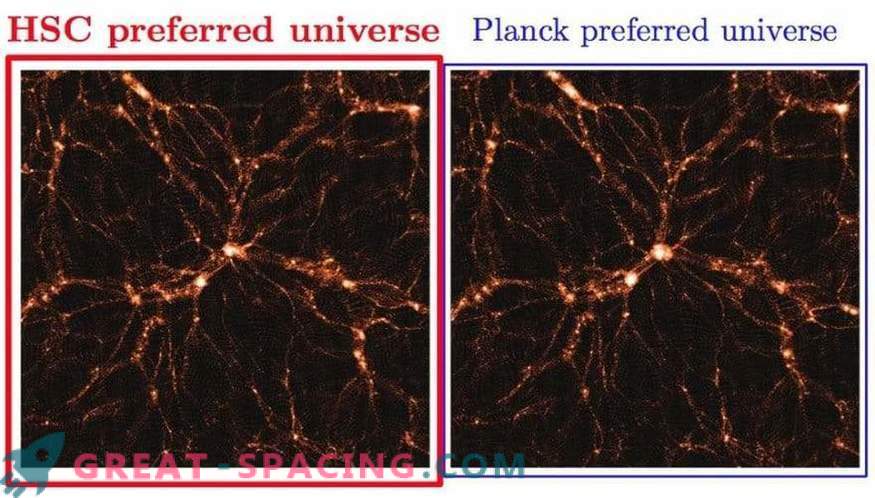
The lensing studies, like HSC, prefer a much less solid Universe than Planck predicted. The images show a slight but noticeable discrepancy with the computer model. Is this a statistical fluctuation? Astronomers continue to collect more data to understand this issue.
Therefore, the team created detailed simulation data modeling for HSC based on images from the Hubble Space Telescope. In these simulations, we managed to find corrections to galactic forms in order to remove form distortions caused by extraneous effects. Results are extracted from the first year of HSC study data. In general, HSC should collect data for 5 years, which will even better reveal the behavior of dark energy and help to study the evolution of galaxies and massive galactic clusters.
